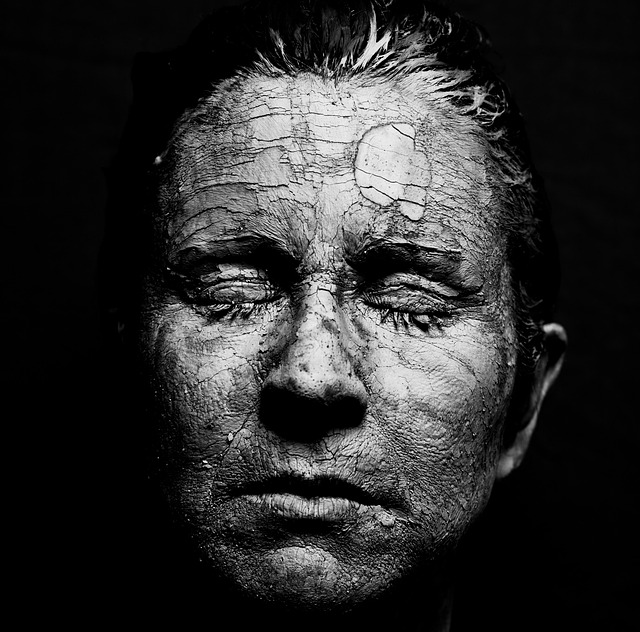Surgical skin tag removal suitability depends on size, number, location, and medical history. Ideal candidates have robust immune systems, with small tags removed in an office setting. Larger tags may require advanced procedures. Choosing experienced surgeons with state-of-the-art equipment is critical. Consulting dermatologists for personalized advice ensures the best technique and recovery.
“Curious about in-office skin tag removal? This comprehensive guide sheds light on who qualifies for this popular aesthetic procedure. From understanding the eligibility criteria to exploring medical qualifications and common factors affecting treatment suitability, we demystify the process. If you’re considering the surgical skin tag removal technique, this article offers valuable insights. Learn how to consult your dermatologist for personalized advice and determine if this non-invasive approach is right for you.”
- Skin Tag Removal: Understanding the Eligibility Criteria
- Who Can Undergo In-Office Skin Tag Surgery?
- Medical Qualifications for Safe Procedure Execution
- Common Factors Affecting Treatment Suitability
- Consulting Your Dermatologist for Personalized Advice
Skin Tag Removal: Understanding the Eligibility Criteria
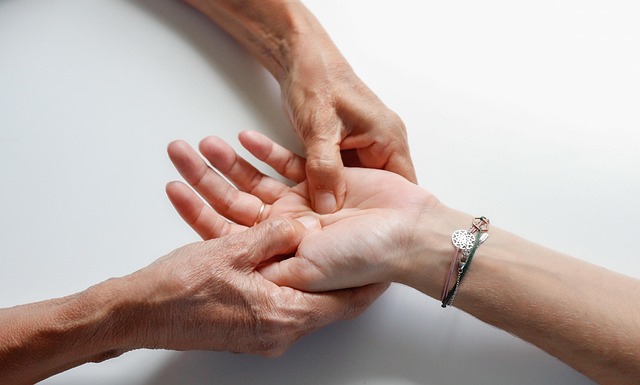
Skin Tag Removal: Understanding the Eligibility Criteria
When considering in-office skin tag removal, it’s crucial to understand that eligibility criteria vary based on several factors. The suitability of a candidate for this surgical skin tag removal technique depends on the size, number, and location of the tags, as well as individual medical history and overall health. Generally, patients with a good immune system and no significant medical conditions are suitable candidates. It’s also important to note that while small, harmless skin tags can often be removed in an office setting, larger or complex ones might require more advanced procedures performed by specialized dermatologists.
Choosing the right surgeon for skin tag removal is a critical step. Suitable candidates for surgical skin tag removal should seek professionals with extensive experience and expertise in this specific procedure. Tips for selecting the right surgeon include verifying their qualifications, checking patient reviews, and ensuring they use sterile, state-of-the-art equipment. Additionally, a thorough consultation to discuss expectations, potential risks, and recovery time is essential before proceeding with any skin tag removal surgery.
Who Can Undergo In-Office Skin Tag Surgery?
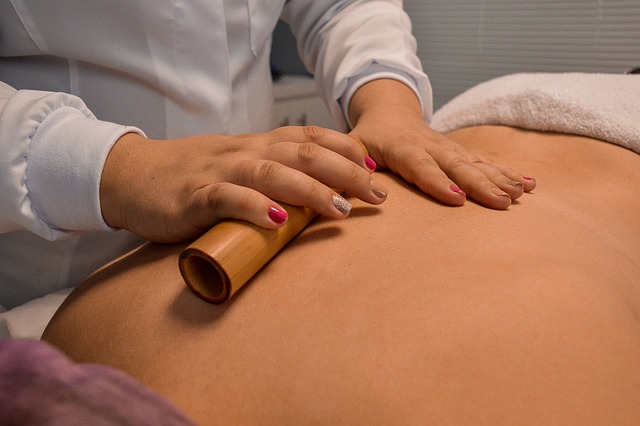
In-office skin tag removal is a safe and effective procedure for those seeking to eliminate these small, benign growths on their skin. The ideal candidates for this surgical skin tag removal technique are individuals aged 18 and above who have one or more skin tags they wish to remove for cosmetic reasons. It’s important to note that while many people opt for skin tag removal for aesthetic purposes, it can also be recommended by dermatologists for medical reasons if the skin tags cause discomfort, bleed easily, or show signs of abnormal growth.
The best time to consider skin tag surgery is when the skin tags become a source of distress or when there’s a concern about their appearance or potential health risks. However, it’s not always necessary to remove all skin tags surgically. Some individuals may choose to leave smaller, non-intrusive tags untouched, while opting for removal for more prominent or bothersome ones. After the procedure, finding support groups for individuals post-skin tag removal surgery can be beneficial for managing expectations and sharing experiences with others who have undergone the same treatment.
Medical Qualifications for Safe Procedure Execution
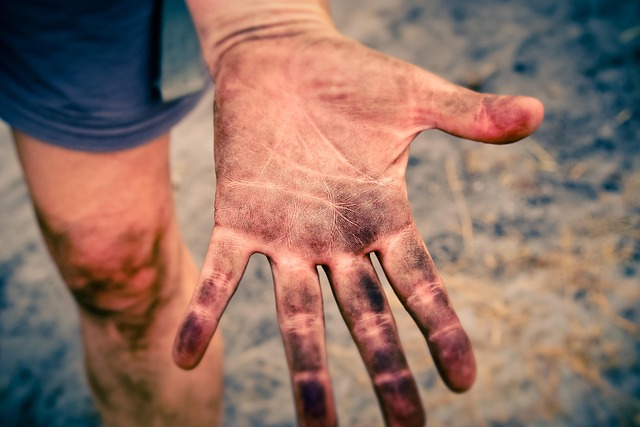
When considering in-office skin tag removal, it’s paramount to ensure that the procedure is executed by qualified medical professionals. The safety and effectiveness of surgical skin tag removal techniques hinge on the expertise of the practitioner. Look for a licensed dermatologist or aesthetician with extensive experience in this specific procedure. This is crucial not only for managing potential risks but also for achieving optimal results, as different skin types and conditions may require tailored approaches.
Choosing the right practitioner involves more than just location—say, opting for private skin tag removal Bradford over a generic solution at a clinic in Blackburn. Thoroughly assess their credentials, certifications, and patient reviews to ensure they possess the necessary skills. Understanding how to choose the right area for skin tag removal is key; each site may demand specialized techniques to prevent scarring or other complications. Always consult with a qualified specialist to determine if in-office removal is suitable for your specific case.
Common Factors Affecting Treatment Suitability
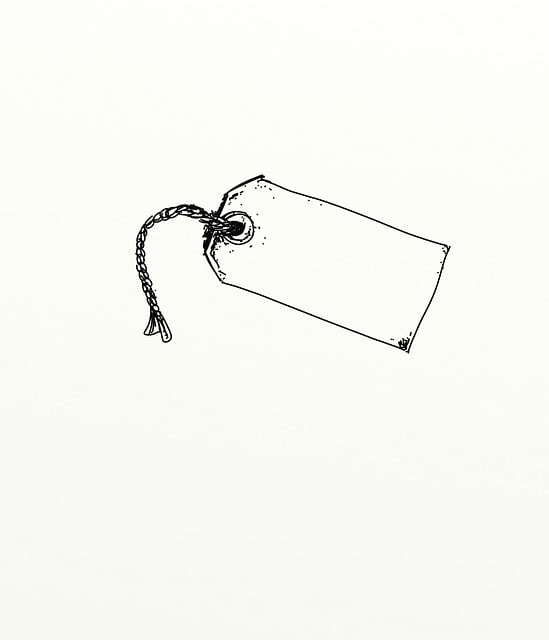
Several factors influence whether a person is a suitable candidate for in-office skin tag removal using advanced surgical techniques. One of the primary considerations is the size and number of skin tags. Smaller, solitary skin tags are often easier to remove with minimal discomfort and carry lower risks. In contrast, larger or multiple skin tags might require more intricate procedures and could have associated complications.
The location of the skin tags is also crucial. Areas close to sensitive organs or joints may be challenging to treat and necessitate specialized techniques. Additionally, individuals with certain medical conditions or taking specific medications may not be suitable candidates due to potential risks and interactions. It’s essential to discuss these factors openly with a qualified dermatologist during an initial consultation to determine the best course of action, such as the most effective surgical skin tag removal technique, and ensure proper post-operative care, including best practices for caring for skin after surgery, especially addressing any potential discomfort following the procedure.
Consulting Your Dermatologist for Personalized Advice

When considering in-office skin tag removal, consulting with a dermatologist is a crucial step. A qualified dermatologist can assess your specific situation and provide personalized advice tailored to your needs. They will discuss various surgical skin tag removal techniques available, including laser treatments, scalpel excision, and other advanced methods. This consultation ensures that you receive the most effective and safe procedure for your particular case, be it in a private skin tag removal Sheffield clinic, Guildford skin tag clinic, or elsewhere.
The dermatologist will also address any concerns about recovery time, potential side effects, and cost. They can guide you on what to expect during and after the procedure, offering insights that are often overlooked but crucial for a smooth experience. This expert advice is particularly important as different techniques may be more suitable for certain skin types or tag sizes, ensuring you make an informed decision about your private skin tag removal in Gloucester or any other location.
In-office skin tag removal is suitable for individuals with tags that are benign, not cancerous, and causing discomfort or aesthetic concern. Eligibility criteria include having a clear medical history, no active infections at the site, and being generally healthy. Consulting a dermatologist is crucial to determine if the surgical skin tag removal technique aligns with your specific needs and expectations. By understanding the eligibility factors, you can make an informed decision about this safe and effective procedure.
